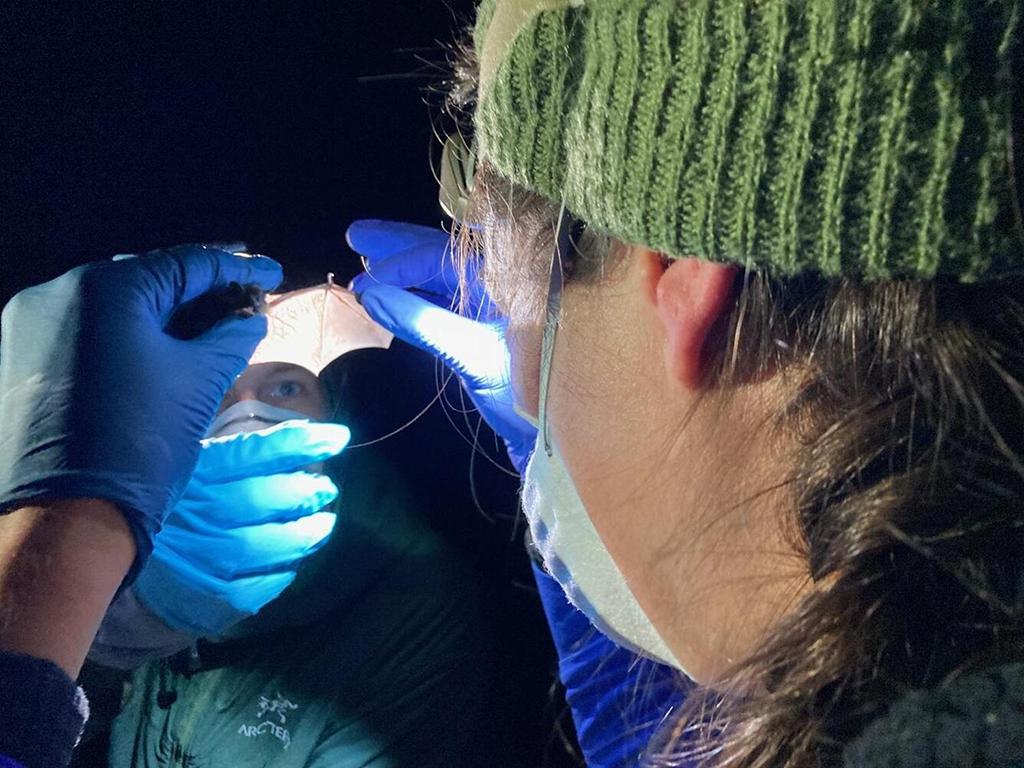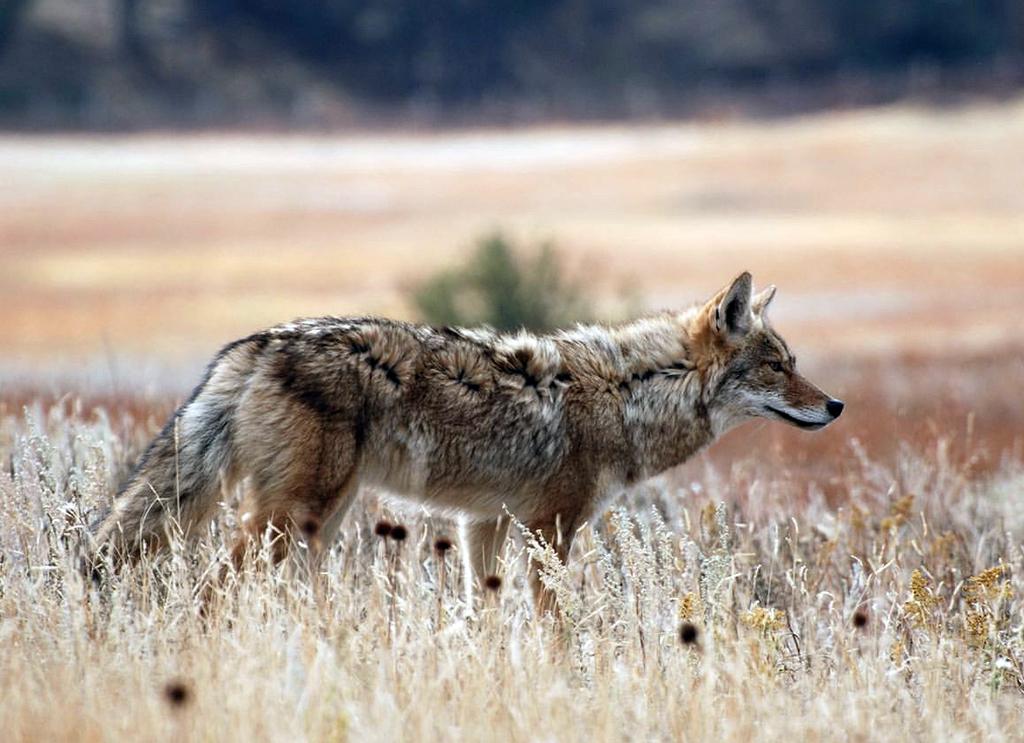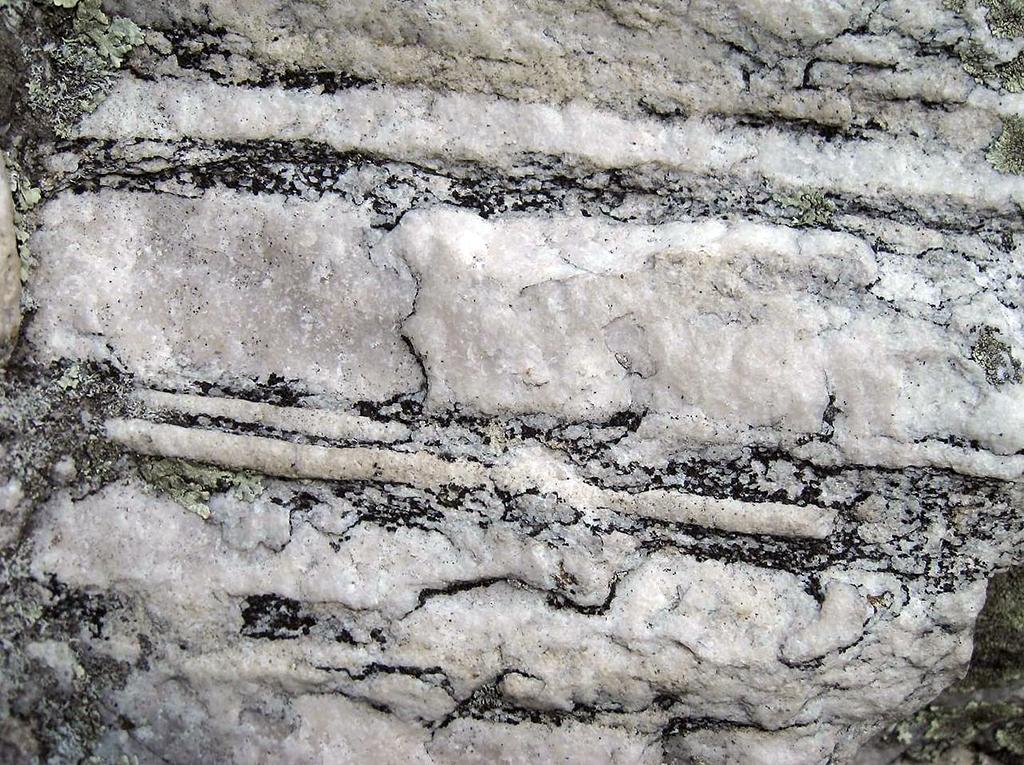
Aerial view of Highland Light and Highland Links golf course, Cape Cod National Seashore / NPS
Ok class, let’s see how much you know about the units of the National Park System with this latest Traveler quiz and trivia piece. Give it your best shot before checking the answers at the bottom of this piece. You might know more than you realize and you’ll definitely learn something new.
1. Cape Cod National Seashore's Highland Links golf course is one of at least ___ golf courses located within a national park boundary.
a) Three
b) Four
c) Five
d) Six

Researchers examine a bat wing while in the process of capturing bats to attach tiny Motus radio tags to track their movements, Olympic National Park/USGS
2. The three Washington state national parks combined (Mount Rainier, Olympic, North Cascades) are home to ___ bat species.
a) Five
b) Ten
c) Fifteen
d) Twenty
3. Out of 425 total units within the National Park System, there are ___ dedicated to women.
a) Four
b) Twelve
c) Twenty
d) Forty

American toad, Harpers Ferry National Historical Park / NPS - C. Waters
4. The image you see above is of an American Toad. Harpers Ferry National Historical Park is home to ___ different frog and toad species.
a) Two
b) Four
c) Six
d) Eight
5. True or false: bears are the most adaptable mammal in North America.
a) True
b) False
6. Shenandoah National Park has only one type of fossil in the park: ___.
a) Trilobite
b) Brachiopod
c) Skolithos
d) Conodont

Salmon pool, Katmai National Park and Preserve / NPS - Russ Taylor
7. Every summer, sockeye salmon return to Katmai National Park and Preserve from the ocean, where they have spent two or three years. “A sockeye salmon fresh from the sea in July contains around ___ calories, while a spawned-out salmon in September may only have half that many.”
a) 3,200
b) 4,500
c) 6,700
d) 8,000

Just what is this odd-looking creature? Point Reyes National Seashore / NPS
8. This odd-looking creature found on Drakes Beach at Point Reyes National Seashore in California is one of several species of tunicates – sub-tidal marine invertebrates stuck to rocky substrates and prone to being dislodged by heavy wave action. There’s a nickname for these tunicates:
a) Swollen fingers
b) Fat barrel
c) Squishies
d) Sea pork

Watch your sssssstep, hikers! Western diamondback rattlesnake, Big Bend National Park / BBNHA-K. Lentz
9. While hiking around Big Bend National Park, you might come across a cute little baby rattlesnake. True or False: baby rattlesnakes are more dangerous than adult rattlesnakes.
a) True
b) False

Daddy longlegs - a lot of them, Lake Clark National Park and Preserve / NPS - E. Kramer still shot from video
10. Visit Lake Clark National Park and Preserve in Alaska, and you may notice groups of daddy longlegs sometimes form thick clusters called ___.
a) Aggregations
b) Gatherings
c) Bunches
d) Accumulations
Trivia

Tarantula hawk with its paralyzed prey, Santa Monica Mountains National Recreation Area / NPS - volunteer Kerry Perkins
In the image here, captured at Santa Monica Mountains National Recreation Area, this orange-winged wasp known as a “tarantula hawk” is dragging away a paralyzed western tarantula. “Santa Monica Mountains is home to two species of tarantula hawks (Pepsis formosa and Pepsis thisbe). They are known fo having one of the most painful stings in the world! This wasp flies from hole to hoe in search of the perfect tarantula to paralyze and lay its singular egg in. Once hatched, the single larva will pierce the abdomen and feed off the live, paralyzed tarantula.” While this sounds horrible for the tarantula (ok, it is horrible for the tarantula), and gives tarantula hawks a bad rep, these wasps do help control tarantula populations to maintain a healthy balance and they are also known “for being the best pollinators of milkweed plants,” a favorite food of monarch butterflies.

‘Ama’u fern (Sadleria cyatheoides), Hawai'i Volcanoes National Park / NPS - Janice Wei
“Introducing the ‘ama’u fern (Sadleria cyatheoides), an indigenous [fern] found in open areas and lava flows throughout Hawai’i [including Hawai’i Volcanoes National Park]. Its fresh fronds often boast a vibrant red hue, a natural defense against the intense island sun … In Hawaiian stories, it carries significant symbolism as one of the physical forms of Kamapua’a [a demigod]. Legend has it that the red fronds represent the area of Kamapua’a’s body that was singed during a fierce clash with Pele.”

"The Puritan" statue of Augustus Saint-Gaudens, Sagamore Hill National Historic Site / NPS
If you visit Sagamore Hill National Historic Site in New York, you will notice a statue of famous sculptor Augustus Saint-Gaudens, which is name “The Puritan” and is displayed in the North Room. “Born in Ireland, [Saint-Gaudens] immigrated to America with his parents when he was six months old. He began an apprenticeship as a cameo cutter in New York City at age 13 and after years of practice mastering his craft in France and Rome, he returned to America in 1875. In 1876, he received his first major public commission, a monument to Admiral David Glasgow Farragut. During the next 25 years, he completed over 150 works including the General William T. Sherman monument in New York City. The monument impressed President Theodore Roosevelt, and he asked Saint-Gaudens to design $10 and $20 gold coins as well as his 1905 Inaugural Medal. President Roosevelt and Saint-Gaudens corresponded and worked together on the coins until Saint-Gaudens’ death in 1907. After his death, President Roosevelt honored Saint-Gaudens as an artist and friend in a speech he gave in 1908 at the Corcoran Gallery in Washington, D.C.
Quiz Answers
1d
Highland Links golf course at Cape Cod National Seashore is one of at least six golf courses within the boundary of a national park. There's also a golf course located at Yosemite National Park, another at Death Valley National Park, and three located at the National Mall and Memorial Parks in Washington, DC.
2b
Mount Rainier, Olympic, and North Cascades national parks are home to ten bat species. If you read this Traveler article, you’ll know the kind of scientific work being done to study these bats as well as those in Yosemite and Grand Canyon national parks.
3b
Out of 425 total units within the National Park System, there are 12 dedicated to women: Clara Barton, Eleanor Roosevelt, Maggie L. Walker, Women’s Rights, Mary McLeod Bethune, First Ladies, Rosie the Riveter, Harriet Tubman (MD), Harriet Tubman (NY), Belmont-Paul, Medgar & Myrlie Evers, Emmett Till & Mamie Till-Mobley.
4d
Harpers Ferry National Historical Park is home to eight different frog and toad species. Frogs and toads are both amphibians, and the differences between them can be confusing. According to Britannica.com, frogs generally have smooth, moist skin and are often found near water. Toads usually have dry, rough, bumpy skin which is better at retaining moisture, so if there is no waterbody nearby, then you are probably looking at a toad. And no, you cannot get warts from handling a toad.

Coyote, Wind Cave National Park / NPS
5b False
While walking above ground at Wind Cave National Park, you might encounter a coyote at a distance. Coyotes are the most adaptable mammals in North America, “Across the continent, coyotes have filled various roles in the food chain and inhabit urban areas, deserts, forests, and grasslands.” Coyotes hunt for rodents and birds and are “avid scavengers, cleaning up carrion and only feeding on deer, bison, or elk if the animal is already dead or dying … Coyotes are often independent but occasionally for packs. Home territories are fluid and only defended during the spring breeding and pup rearing seasons.”

Trace fossils known as Skolithos, Shenandoah National Park / NPS
6c
Shenandoah National Park has only one type of fossil in the park: skolithos. “These trace fossils give evidence to a very different time in the mountain’s history because skolithos are the remnants of marine worm burrows! At one point, what is now this national park was deep undersea.
7b
“A sockeye salmon fresh from the sea in July contains around 4,500 calories …”
8d
Sea pork is a term referred to several species of tunicates, marine invertebrates living on rocky substrates. “They are made up of colonies of organisms called zooids that are enveloped by a rubbery exoskeleton … and come in a variety of shapes, sizes, and colors (orangey-red, purple, pink, yellowish, and black).
9b False
Baby rattlesnakes are not more dangerous than adult rattlesnakes. “The larger the rattlesnake, the more venom it will inject when it chooses to bite. According to an online article by the Asclepius SNAKE Foundation, an adult rattlesnake produces anywhere from 20 – 50 times more venom than a baby.” Just do your best to avoid being bitten by any rattlesnake, no matter what their age.
10a
In truth, A through D are synonyms of each other, but the correct term for a thick cluster of daddy longlegs is aggregations. While it’s a common behavior, there is no straightforward explanation for why they do it. Scientists have noticed aggregations occur more often in the autumn and maybe that’s because it’s drier in the autumn and daddy longlegs are prone to drying out. So maybe aggregations help daddy longlegs “create an environment to maintain body humidity.”




 Support Essential Coverage of Essential Places
Support Essential Coverage of Essential Places






